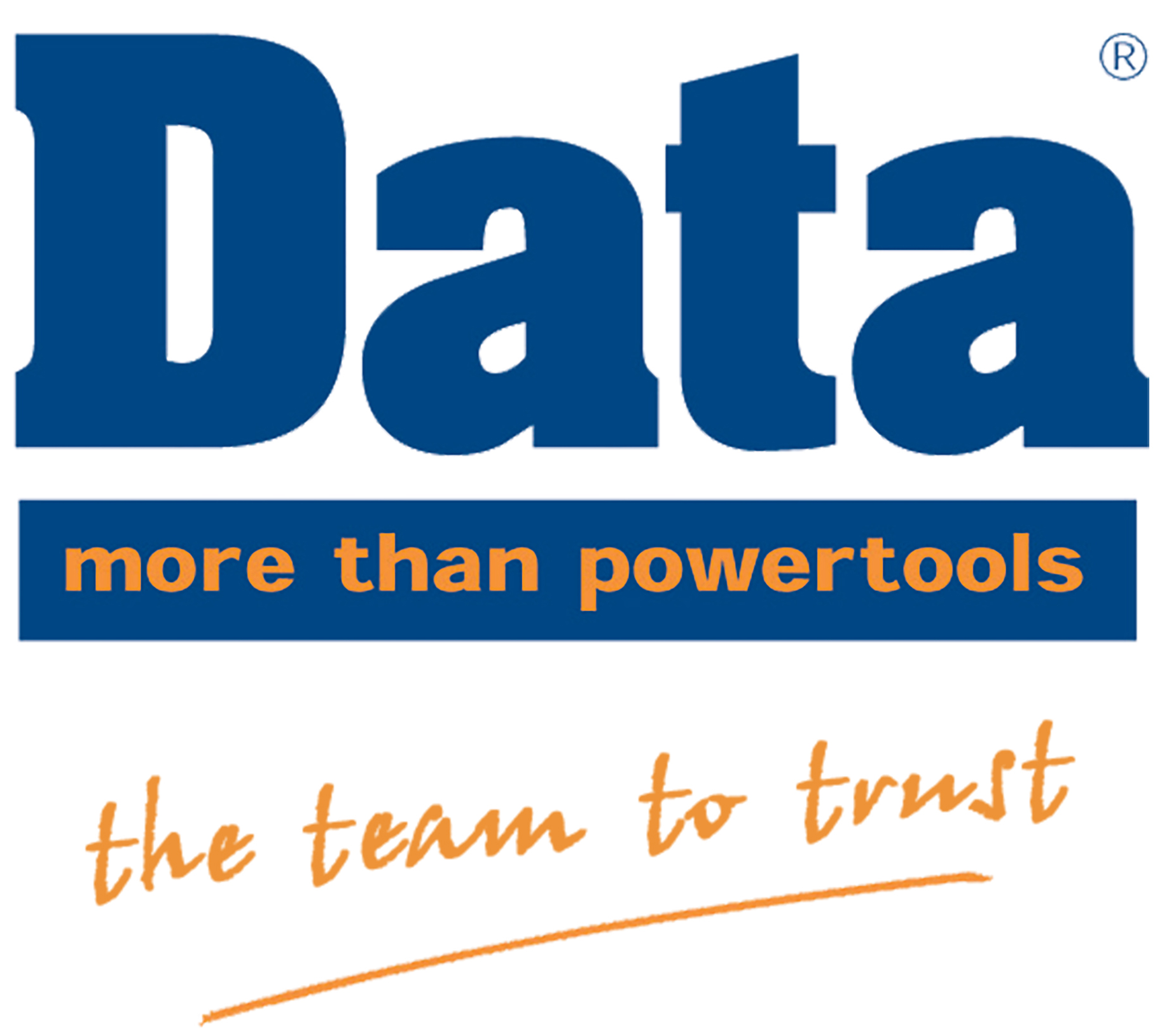Cordless power tools have become the norm on job sites and in workshops, making the quality and performance of lithium-ion batteries a defining factor in tool selection. With tradespeople and DIY users demanding longer runtimes, faster charging, and smaller form factors, battery technology has taken centre stage in product innovation.
Understanding where lithium-ion batteries are headed provides valuable insight into how future power tools will perform and what users can expect in terms of efficiency, sustainability, and safety.
Lithium-Ion Battery Basics and How They Work
Lithium-ion (Li-ion) batteries store energy by moving lithium ions between a positive and negative electrode. Their lightweight construction and high energy density have made them ideal for modern power tools.
Compared to older battery chemistries like nickel-cadmium (NiCd), lithium-ion cells offer greater energy per unit weight and a longer overall lifespan. Key advantages of lithium-ion technology:
- High energy density for longer runtimes
- Low self-discharge when not in use
- No memory effect, meaning full rechargeability
- Lightweight design ideal for handheld tools
Understanding these fundamentals helps users appreciate the ongoing improvements in battery design, which often centre around these same performance criteria.
Recent Advances in Battery Design and Efficiency
Tool manufacturers have continued to push lithium-ion technology forward with innovations in cell design, housing construction, and internal battery management systems. These advances lead to better thermal control, higher power output, and improved safety. High-performance batteries now incorporate smart electronics that balance individual cells and optimise output for the demands of the tool.
This has allowed for more compact battery packs without sacrificing performance, especially in high-demand tools like rotary hammers, saws, and grinders. Some models also feature embedded chips that communicate usage data to connected apps or chargers, enhancing reliability and safety.
Increased Power Density Without Increased Size
Power density refers to how much power a battery can deliver in relation to its size. Recent lithium-ion developments have focused on achieving higher power output while maintaining or even reducing battery pack size.
This is especially important for professionals using heavy-duty tools in confined spaces, where weight and ergonomics directly affect productivity. Modern battery packs achieve higher power density through:
- Improved electrode materials
- Advanced cooling systems
- Higher-quality battery cells
The result is a new generation of compact yet powerful tools that rival their corded counterparts.
Fast-Charging Capabilities and Intelligent Chargers
One of the biggest limitations with cordless tools has historically been charging time. Today’s lithium-ion batteries benefit from fast-charging capabilities supported by intelligent chargers that monitor temperature, charge rate, and cell balance.
These chargers can bring a high-capacity battery to 80% charge in under 30 minutes, significantly reducing tool downtime. Some systems also use dual fan cooling or heat-resistant housing to allow continuous fast charging without damaging battery cells. This makes cordless tools far more practical for continuous professional use across long shifts.
Sustainability and Recycling Improvements
As lithium-ion batteries become more widespread, managing end-of-life disposal is an increasing concern. Manufacturers are beginning to address this through recycling programmes, safer materials, and second-life battery use. Recent sustainability improvements include:
- Industry-supported recycling programmes for spent batteries
- Stricter compliance with hazardous waste disposal regulations
- Repurposing older batteries for low-demand applications like solar storage
These efforts are helping reduce environmental impact while extending the usefulness of batteries beyond their original tool life.
Emerging Battery Chemistries and What They Could Mean
While lithium-ion remains dominant, new chemistries are being explored to push performance further. These include lithium-silicon and lithium-sulphur batteries, which promise even higher energy densities and faster charging.
Solid-state batteries, which replace liquid electrolytes with solid materials, also show promise for enhanced safety and longer lifespans. Examples of emerging battery chemistries:Lithium-silicon (for greater charge capacity)
Lithium-sulphur (for lightweight, high-energy applications)
Solid-state (for improved safety and longevity)
These technologies are still in development but may represent the next major leap in power tool battery design.
Thermal Management and Battery Safety
Heat is a significant factor affecting battery performance and longevity. Overheating can degrade cells, reduce capacity, or even lead to thermal runaway events. That’s why modern lithium-ion batteries and chargers now include comprehensive thermal management features.
These safety measures include sensors to monitor cell temperature, auto-shutoff protocols, and physical separation between cells within the battery housing. Tool brands have also designed smarter airflow pathways and heat-dissipating materials to keep batteries running within safe temperature ranges even during prolonged use.
What This Means for Tradespeople and DIY Users
For end users, these innovations mean tools that last longer, perform more consistently, and charge faster than ever before. Lithium-ion battery improvements have directly enabled cordless tools to take over tasks that once required mains power.
They’ve also helped reduce the weight and bulk of professional tool kits, making transport and handling easier on-site. With continued investment in energy efficiency, safety, and sustainability, users can expect their next cordless tool to outperform anything they’ve used previously, not just in runtime, but in how it supports a full day’s work.
Where to Find Compatible Batteries and Chargers
Choosing the right battery or charger ensures your tools deliver consistent performance and stay protected during use and charging. Here are quick links to brand-specific batteries and chargers available through Data Powertools:
- DeWALT Batteries
- DeWALT Chargers
- HiKOKI Batteries
- HiKOKI Chargers
- Makita Batteries
- Makita Chargers
- Bosch Batteries
- Bosch Chargers
- Milwaukee Batteries
- Milwaukee Chargers
- Metabo Batteries
- Metabo Chargers
- Metabo
FAQs
Q1: How long do lithium-ion batteries typically last in power tools?
A1: With proper care, lithium-ion batteries can last 3–5 years or between 300 and 500 charge cycles. Performance gradually declines over time.
Q2: Can I leave my lithium-ion battery on the charger overnight?
A2: Most modern chargers stop charging once full, making overnight charging safe. However, it's best to unplug if the battery will not be used for extended periods.
Q3: Do lithium-ion batteries work in cold temperatures?
A3: Yes, but performance may drop. Some battery systems are designed for better operation in cold climates and feature thermal regulation.
Q4: What is the safest way to store lithium-ion batteries?
A4: Store in a cool, dry place between 40–60% charge. Avoid high heat, moisture, and full discharge before long-term storage.
Q5: Are lithium-ion batteries recyclable?
A5: Yes. Many tool brands and local councils offer battery recycling programmes. Never dispose of them in household waste.





